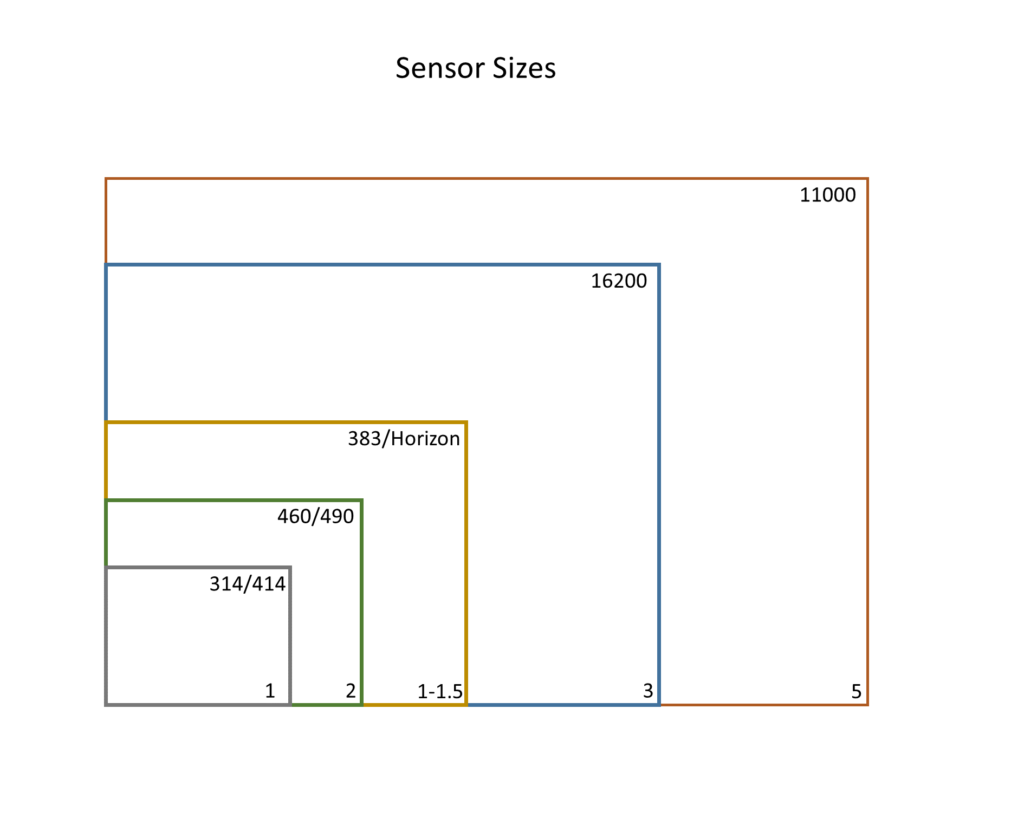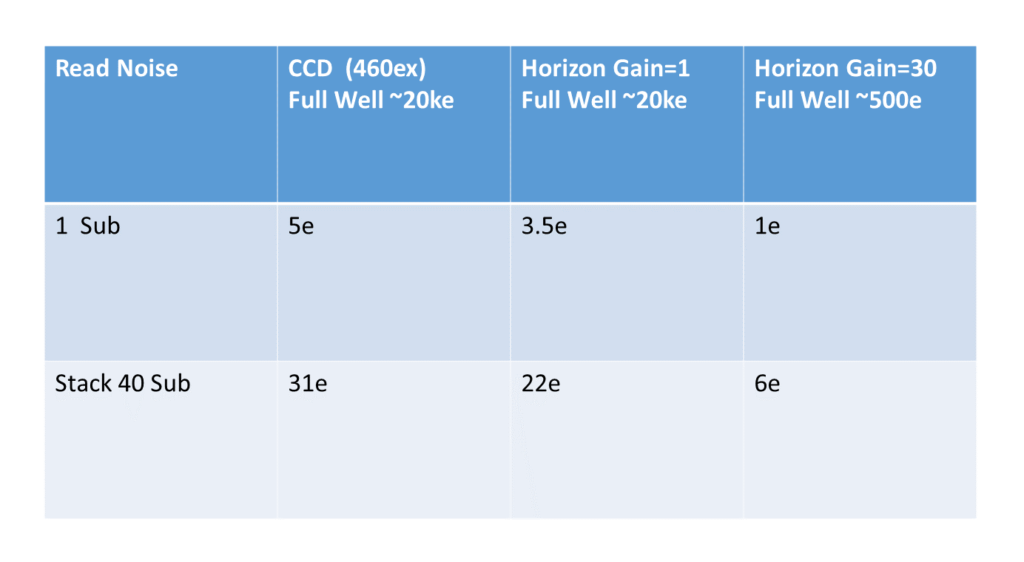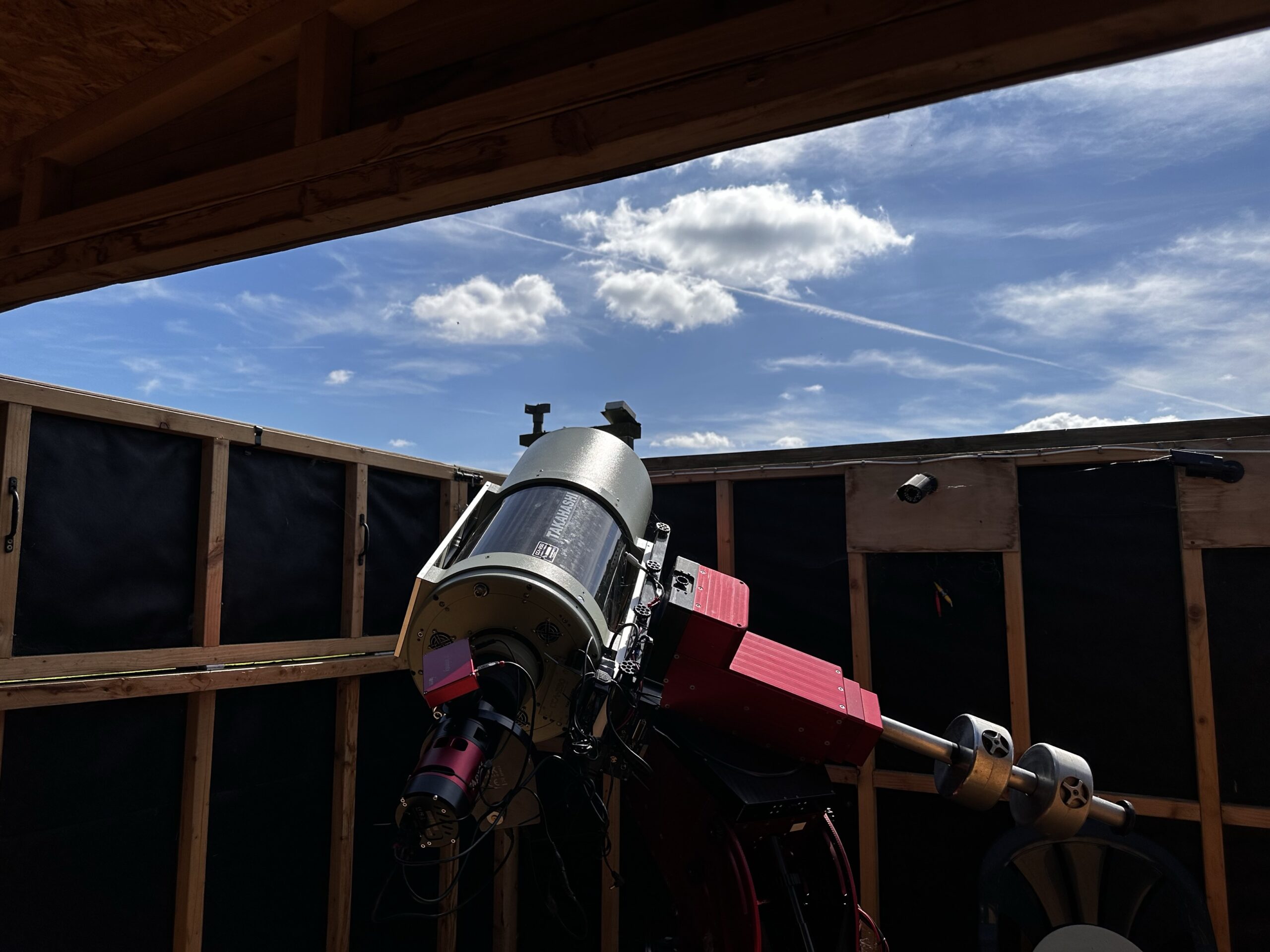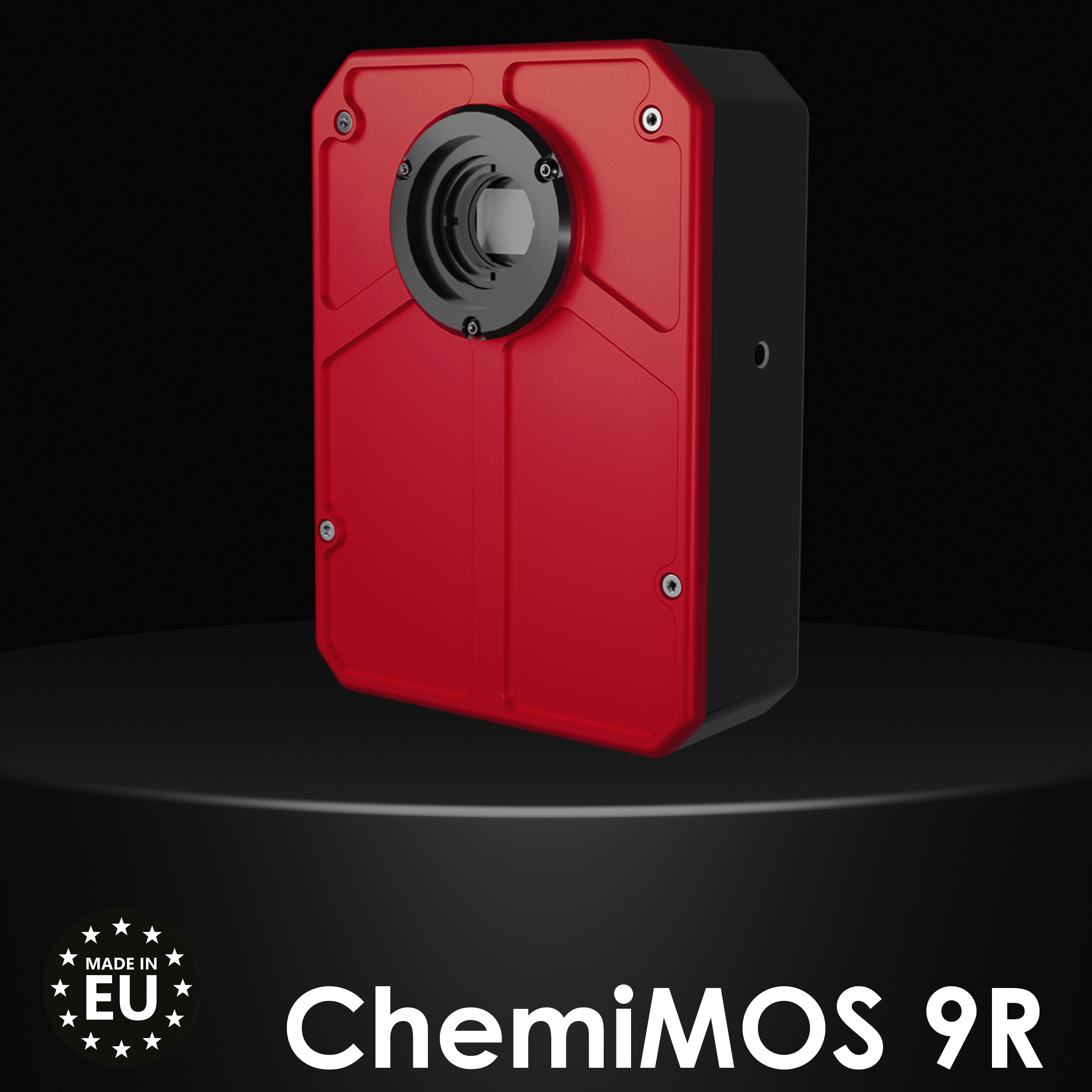As you may already know we have finished developing our first ever CMOS sensor camera, the Atik Horizon. Despite this very exciting news it does pose the question, which type of sensor should I choose? While there is no straight forward answer and a lot of it comes down to what you want to get out of your camera, we hope this video will clear up a few things.
The video compares the read noise levels in the 460 CCD sensor to the Atik Horizon with it’s CMOS sensor. It then touches on the benefits of the Horizon, such as it’s suitability for shorter exposure lengths, before covering the effect stacking sub exposures can have on both types of cameras. For a more detailed look into CMOS sensors and gain settings, click here.
Transcript – CMOS or CCD?
What I’d like to do today is take the opportunity to talk a little about CCD sensors and how they compare with the newer CMOS sensors. This is particularly relevant to us now at Atik as we’ve introduced the Atik Horizon CMOS camera, our first CMOS camera.
Before we get into the depths about what the differences are between the two cameras, it’s probably worth just reminding ourselves of the similarities. These are both cameras that are optimised for deep-sky astroimaging. They have cooled silicon sensors, we cool them to reduce the read noise, and they run with all the same software between the two of them. So in many ways, there’s many more similarities between these cameras than there are differences, but there are some important differences as well.
Calibration
One of the key differences between these two technologies is the requirement for more calibration files with CMOS images. The CMOS chips have lots of different circuits on them which means the pixels get treated differently from each other. This needs a little bit of calibration in terms of bias frames and dark frames. Also, we have some amp glow that’s residual from the circuits we can’t shut down on the CMOS sensor. So the CMOS sensor needs a little bit more calibration than CCD sensors.
Sensor Size
On the plus side, we’re able to leverage that these are much more consumer devices and you get a lot for your money. So if we look at sensor size, the slide below shows the relative sizes of the different sensors in the Atik range. We start with the 314L+ and the 414EX, go up to the 460EX and 490EX of a similar size. Then the APS size chips of the 383L+ and the Horizon, and then the bigger cameras above that. Then on the bottom I’ve got the multiple of the 414EX pricing. A 460EX camera costs roughly twice the price of the 414EX camera. The interesting thing here is the 383L+ and the Horizon cost between one and one and a half times the price of a 414EX, cheaper than the cameras that are actually smaller than them. So the 383L+ and the Horizon, the new CMOS camera, offer very good value for money both in terms of the sensor size and the area of the sky they can take a picture of.
Gain Settings and Read Noise
The next thing to look at is some of the flexibility we have with the Horizon camera in terms of its gain. If we have a look at gain, the reason for wanting to control the gain of the Horizon camera is to reduce the read noise. We’ve produced another video that goes into a little bit more detail than we do here – CMOS Gain Settings Explained.
What I’ve done in the table below is I’ve compared the Horizon to the 460EX CCD camera. Taking a single exposure, the 460EX has a read noise of about 5e-. The Horizon in low gain mode has 3.5e- worth of read noise. Now if we turn the gain up, we get down to just 1e- read noise from the Horizon, which is a very, very low value indeed.
I have heard it said that that value is so low that you can stack any number of these images and you don’t effectively add any noise. That’s not strictly true. What I’ve also done here to simulate the noise associated with a stack of 40 sub exposures. In order to get back to a simulated full well of 20,000e- from the Horizon in high gain mode, we’d need to stack 40 sub exposures, and that resulting stack would have 6e- read noise. That’s higher than taking a single exposure that has the 20,000e- full well depth anyway, and it’s also higher than the 460EX CCD. So if the goal is to get high dynamic range, the way to do it is not to turn the gain on the Horizon up.
However, if we are restricted to taking shorter exposures, and that could be because the mount isn’t tracking very well, or any other reason, it could be an alt-az mount, then it’s better to use the Horizon, because we’d only have 6e- read noise, whereas if we used the 460 to stack 40 short exposures, we’d be right up there at 41e- read noise. So the Atik Horizon with its CMOS sensor really is the right choice if we’re restricted to doing shorter exposure imaging.
So, should you buy CMOS or CCD?
One of the questions I get asked from time to time by people considering buying a camera within the Atik range is should they choose a CMOS camera, or one of the CCD cameras. It’s a very simple question, but it’s got a relatively complicated answer. Probably the easiest group of people to advise are people who already have a cooled CCD camera. Then I suggest they try the Atik Horizon. It’s a very different camera, you’ll be able to do some very low read noise narrowband imaging, or try some lucky imaging with shorter length exposures. Also, the Atik Horizon has a very large chip and a small pixel size, so that really does suit shorter focal length telescopes and doing widefield imaging through those.
Where the traditional CCD cameras are still very much relevant is in things like ease of processing. Typically we don’t need to bother with things like dark frames in the Sony based CCD cameras. Also, we can bin freely with these cameras so we can adapt very well to longer focal length telescopes or techniques like LRGB imaging where we’d bin some of the colour channels. We explain more about the differences between CMOS and CCD binning here.
So there we have it. CCD based cameras and CMOS cameras, choose whichever camera that best suits your style of imaging and then enjoy astrophotography.





